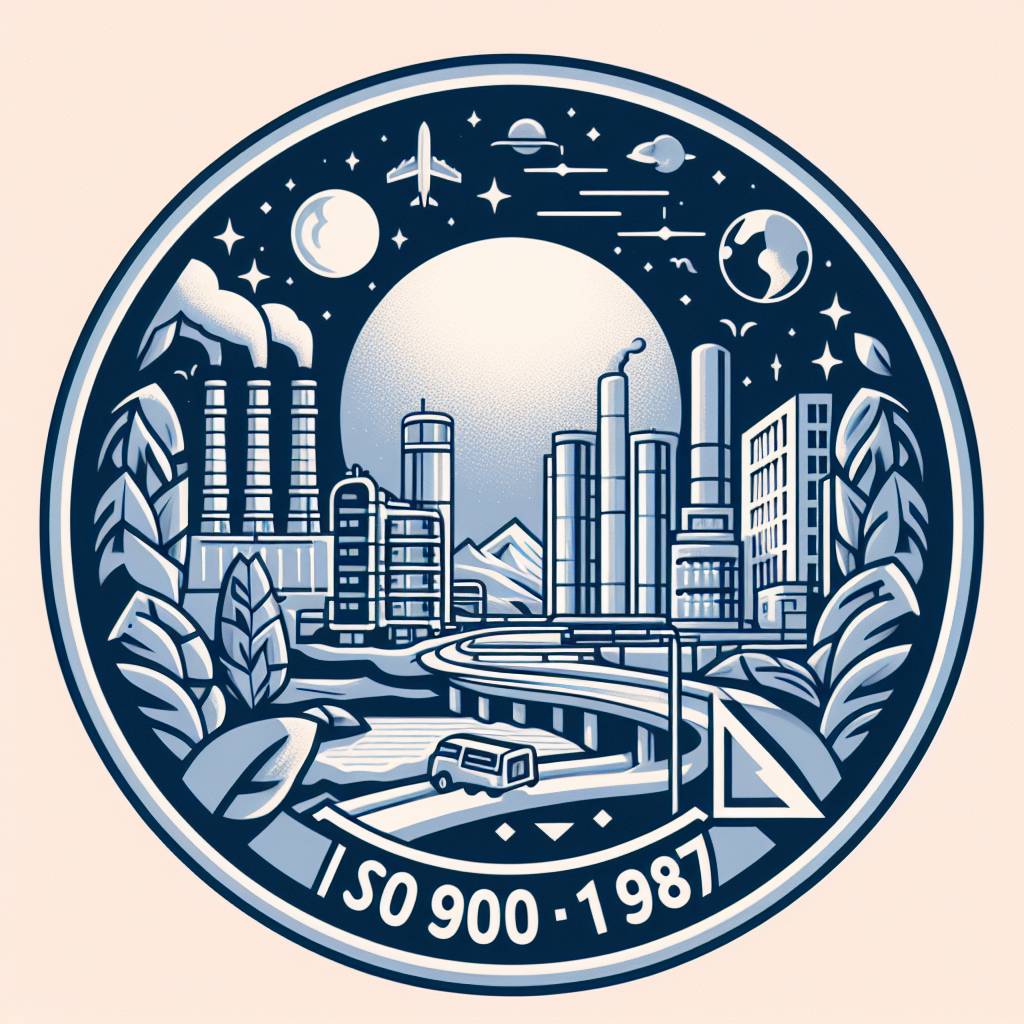ISO 9001:1987 - Quality Management in its Nascent Form
The first iteration of the ISO 9001 standard, published in 1987, laid the foundation for what would become the world's most popular quality management system. While superseded by later versions, its influence is undeniable. Here's a complete breakdown of ISO 9001:1987:

Focus
Structure
Primarily applied to manufacturing.
Inspired by military quality standards of the time, emphasizing control and documentation.
20 clauses, outlining requirements for various quality management elements.
Heavy focus on documented procedures, internal audits, and corrective actions.
Included mandatory elements like a quality manual and documented procedures.
Key Requirements:
- Management Responsibility: Top management commitment to quality, quality policy formulation, and internal quality audit s
- Quality System: Establishing , documenting, and maintaining a formal quality management system.
- Contract Review: Ensuri ng customer requirements are understood and met
-
Design Control
:
Controlling the desi
gn process to meet requ
irement
s
-
Document and Data Control: Controlling documents and data related to quality management.
- Product Identification and Traceability: Identifying and tracking products throughout the production process.
-
Process Control: Defining, controlling, and monitoring key production processes.
- Inspection and Testing: Ensuring products meet required specifications.
-
Nonconforming Product Control: Handling and correct
ing nonconforming products
-
Corrective Action: Identifying and addressing the root causes of nonconformities
- Training: Ensuring personnel are adequately trained in quality procedures
-
Statistical Techniques: Encouraging the use of statistical techniques for quality control.